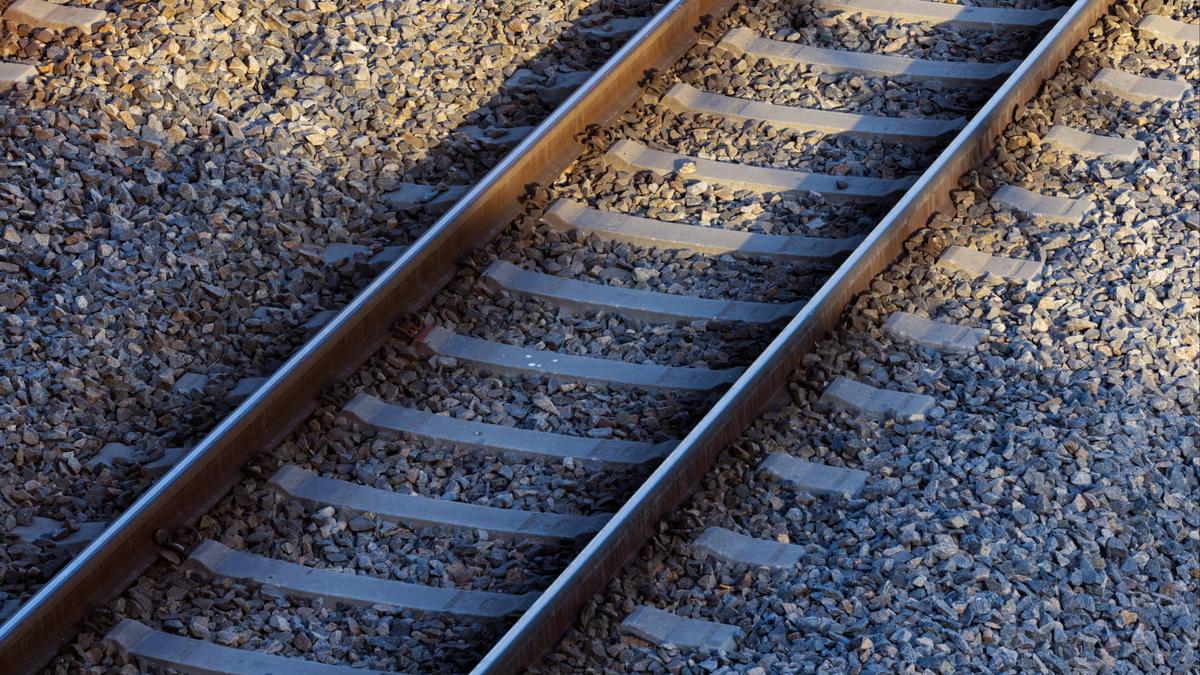Clinkety-clack. Clinkety clack. The train has left the station. What remains is the solitary railway track. Oh wait, the track is not alone. The track sleeps on the stone bed.
Hello, Ballast
I know where your mind went. No. The stones underneath the railway tracks are not simply ballast. They are part of it. The concept of ballast owes itself to the ships. The idea of stabilizing mammoth ships on oceans gave rise to ballast. When modern railways were underway in England, the gravel ballast from ships was used to support the railway roadbeds (roadbed is the entire foundation for the railway track). Ballast is not exclusively stones. They can be any material placed at the bottom to provide stability to the vessel.
Track ballast keeps the tracks in place and supports the full weight of the trains when they move over it.
Technique and arrangement
For railways, construction of the roadbed is crucial. The roadbed alone cannot withstand the pressure from the weighty moving train. A loaded passenger train weighs an average of about 1100 tonnes (that’s like 250 elephants altogether!). To alleviate, a layer of crushed stones becomes ballast over the roadbed. Let’s understand the diagram here. It shows sections of railway roadbeds along with tracks.

Dimensioned cross-sections of two roadbed and tracks situations: one with gravel ballast, and another with stone ballast.
| Photo Credit:
Wikimedia Commons
Along the width of the roadbed, a layer of crushed stones are spread out. Before spreading out the stones, the roadbed surface is prepared such that water drains over to the sides. If you remove the layer of ballast, you’ll see that the roadbed is crowned in shape. Over the ballast, railway sleepers (the thick rectangular support tie that lies perpendicular to the track) are distributed. With the steel track laid, the work is done.
The thickness of the ballast layer ranges from anywhere between 150mm (minimum) to 300 or even 400 mm.
Roadbed vs Ballast
The entire foundation for the railway track is the roadbed. Ballast is simply the layer of crushed stones lying immediately beneath the tracks.
What can be ballast?
Many things can be used as ballast provided they are hard, durable, and can withstand immense pressure. Crushed stones (limestone, granite, are commonly used underneath railway tracks. Other than this, generally, materials like gravel, sand, water, slag, and burnt clay can also be used as ballast.
Ballast stones – key functions
1. Absorb the concentrated impact of trains and distribute it to the larger roadbed underneath
2. Provide support and stability to the railway tracks
3. Help with proper draining of water
4. Allows the track to be aligned and realigned without affecting the roadbed


